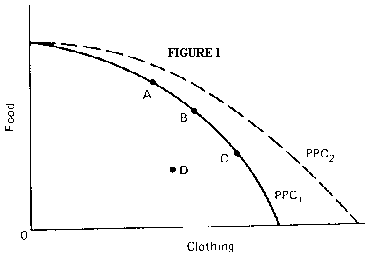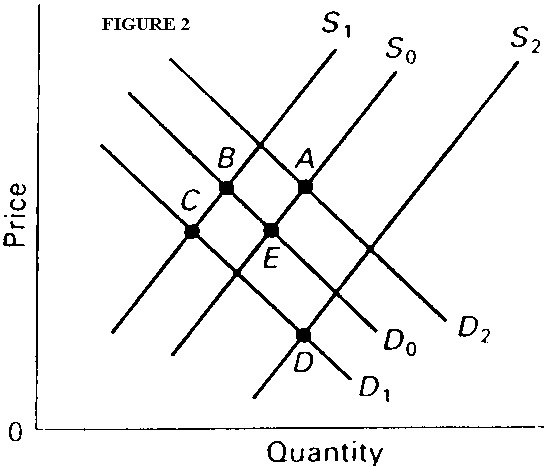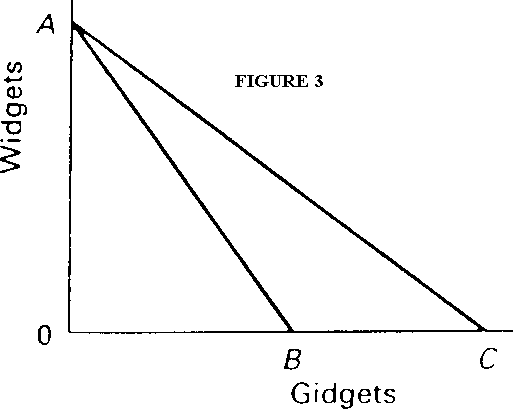1st In-Class Exam
Part I. Multiple Choice (3 points each). Indicate the best answer for each question.


| Alpha's production possibilities: | |||||
| A | B | C | D | E | |
| Soup | 60 | 45 | 30 | 15 | 0 |
| Nuts | 0 | 15 | 30 | 45 | 60 |
| Beta's production possibilities: | |||||
| A | B | C | D | E | |
| Soup | 20 | 15 | 10 | 5 | 0 |
| Nuts | 0 | 15 | 30 | 45 | 60 |